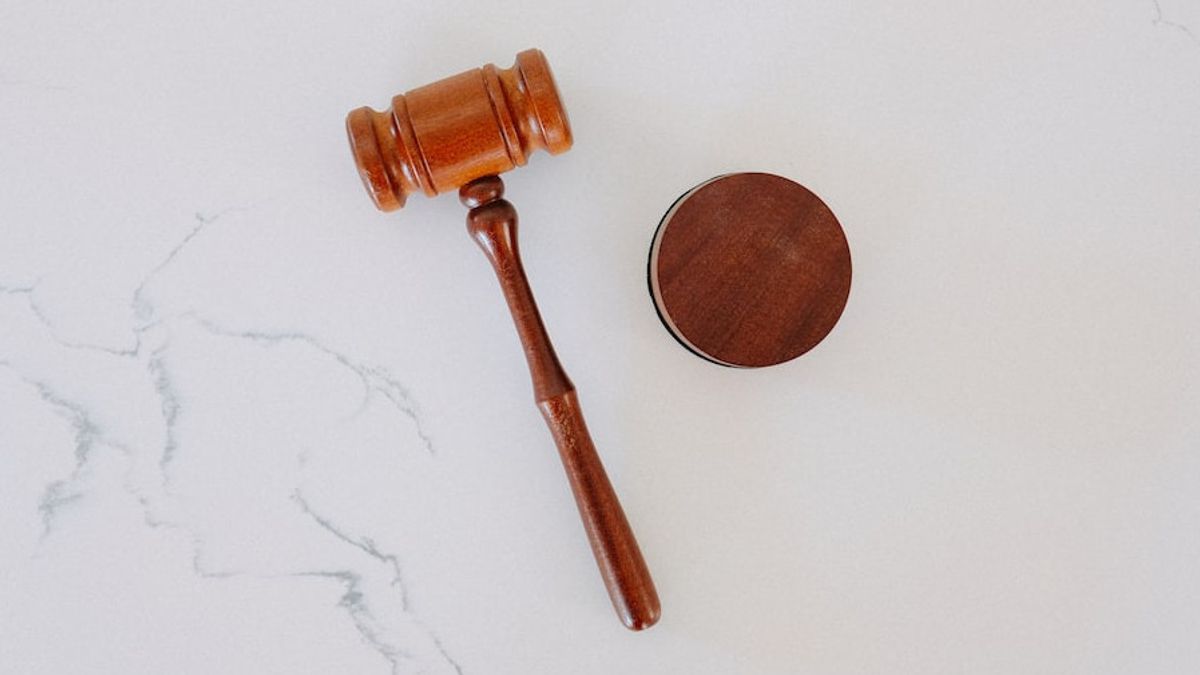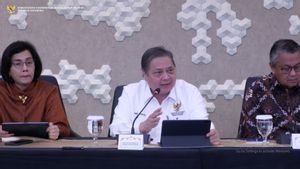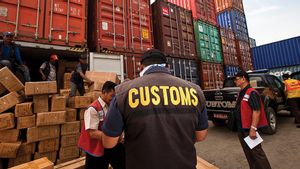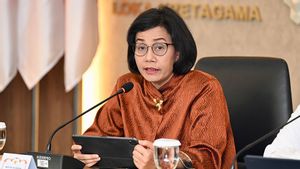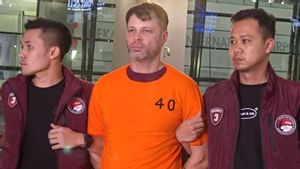JAKARTA - Social media has recently been busy with the viral news of mining company PT Bumi Merapi Energi (BME) which is threatened with bankruptcy. The bankruptcy status will be owned by PT BME if there is no good faith to pay off PT Rantau Utama Bhakti Sumatra (RUBS)'s debts. Responding to bankruptcy lawsuit against PT BME, Lecturer and Civil Law Expert from Diponegoro University, Dr. Siti Maheasy said that debt settlement does not actually have to go through the courts. Depending on the willingness of each party. Debitor wants not to pay his debt. Maheasy told reporters, Tuesday 1 August. It is easy to explain that debt settlement is carried out through litigation channels through the process of Postponing Debt Payment Obligations (PKPU) and bankruptcy.
PKPU and bankruptcy are a way to settle debt. The debt remains debt as long as it has not been paid, except for those who have debts pay off," he stressed. He added, debt settlement between creditors and debtors can occur if the debtor submits a peace plan and is approved by creditors. The peace plan can be submitted by the debtor as regulated in Article 144 of Law number 37 of 2004 concerning Bankruptcy and Postponement of Debt Payment Obligations. Bankrupt debtors have the right to offer a peace to all Creditors. PKPU contains a peace plan for the debtor. In general terms, the contents of debt restructuring are restructuring. If that is achieved it means that the debt settlement is in the form of debt restructuring. The term of delay in payment of obligations is 270 days. So 270 days it must be reminiscent, there will be legal consequences for companies declared bankrupt. PT as a legal subject can no longer carry out operations, as legal objects have assets, PT assets are confiscated in general", he said. After debtors are declared bankrupt, there is a juridical action, first debtors apply for debt matching, creditors submit receivities to the curator.
"Debitors have the right to apply for peace, debtors and creditors to discuss how to settle debts. If it has been agreed, it must be homologized, if it is not agreed, the bankruptcy ends there", he said.
Bankruptcy and PKPU are one of the legal instruments that are not subject to the principle of nebis in idem.
VOIR éGALEMENT:
If the debt settlement is through PKPU, then if the debt has not been completed, it can be returned to the PKPU. Likewise with bankruptcy, if the debt settlement has not been achieved, it can be bankruptcyed again. So, there is no nebis in the idea of debt settlement through PKPU or bankruptcy because the basis for debt settlement is the Criminal Code. Debt remains before it is repaid., he said. It's easy to add that bankruptcy doesn't always make the company end.
"Companies that have been declared bankrupt do not always have to end, because there are still actions called rehabilitation. Rehabilitation can be achieved if in the settlement there is a statement letter from creditors, basically they are satisfied with the debtor's settlement. If later they get a statement, the debtor can apply for rehabilitation and the company can continue their business activities," he explained.
In the explanation of Article 215 of Law Number 37 of 2004 concerning Bankruptcy and Suspension of Debt Payment Obligations, what is meant by rehabilitation is the restoration of the good name of the Debtor who was originally declared bankrupt, through a court decision containing information that the Debtor has fulfilled his obligations.
The English, Chinese, Japanese, Arabic, and French versions are automatically generated by the AI. So there may still be inaccuracies in translating, please always see Indonesian as our main language. (system supported by DigitalSiber.id)
